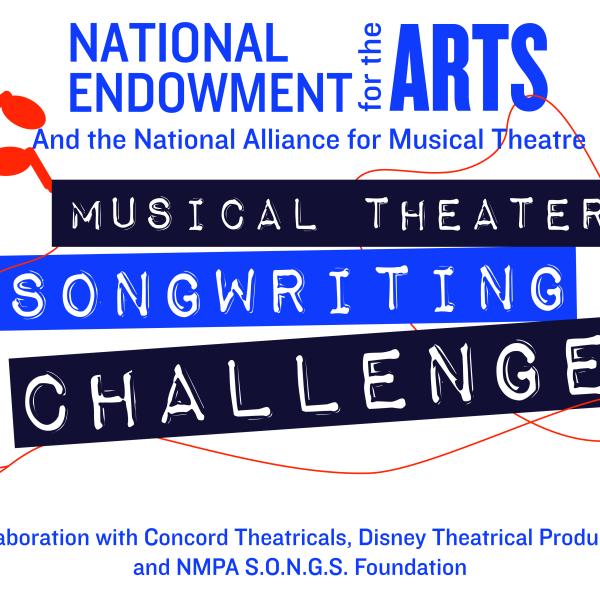Latest Data Shows Increase to U.S. Economy from Arts and Cultural Sector

Washington, DC—The arts and cultural sector contributed $804.2 billion or 4.3 percent to the nation’s gross domestic product (GDP) in 2016. This represents an increase of .1 percent from 2015 when economists reported that the sector added 4.2 percent or $763.6 billion to the U.S. economy. The 4.3 percent contribution for 2016 is part of the latest report of the Arts and Cultural Production Satellite Account (ACPSA), produced by the Bureau of Economic Analysis and the Office of Research & Analysis at the National Endowment for the Arts.
The ACPSA tracks the annual economic impact of arts and cultural production from 35 industries, both commercial and nonprofit. Those 35 industries range from architectural services to sound recording and in whole or in varying percentages are considered to be a distinct sector of the nation’s economy. The ACPSA reports on economic measures—value-added to GDP as well as employment and compensation, revealing that five million people are employed in the arts and cultural sector. Those five million wage-and-salary workers earned $386 billion in 2016.
“For the past five years, the partnership between the Bureau of Economic Analysis and the National Endowment for the Arts has yielded invaluable information about the economic impact of arts and culture,” said Acting Chairman Mary Anne Carter. “The data has consistently demonstrated the value of the arts to the nation, to individual states, and to the lives of the American people.”
Key national findings from this year’s ACPSA are:
- Arts and culture play a significant role in the economic activity of the country. The value-added to GDP by arts and cultural production is nearly five times greater than that of the agricultural sector. Arts and culture adds nearly $60 billion more than construction and $227 billion more than transportation and warehousing to the U.S. economy.
- Arts and cultural goods create a trade surplus. In 2016, the U.S. exported nearly $25 billion more in arts and cultural goods and services than it imported, a 12-fold increase over 10 years.
- ACPSA exports are driven by movies and TV programs, advertising, and arts-related software such as video games.
- The average annual growth rate for arts and culture outperforms the growth rate of the total U.S. economy. From 2014 to 2016, the average annual growth rate in the contribution of arts and culture was 4.16 percent, nearly double the 2.22 percent growth rate of the total U.S. economy.
- Consumer spending of the performing arts has risen significantly. Between 1998 and 2016, the rate of consumer spending on performing arts admissions more than doubled, rising from 0.12 percent of U.S. GDP in 1998 to 0.26 percent, totaling $32.7 billion, in 2016.
- A Key to ACPSA Industries describes the 35 ACPSA industries and the percentage and amount of economic value ascribed to each.
- Through an award from the Arts Endowment, the National Assembly of State Arts Agencies (NASAA) has produced an interactive dashboard that allows users to explore key information for individual states.
- The National Governors Association in partnership with the Arts Endowment and NASAA just published Rural Prosperity through the Arts and Creative Sector: A Rural Action Guide for Governors and States which synthesizes a growing body of research showing how arts-based economic development can help rural communities to thrive.
- An interactive infographic produced by the NEA allows users to get information about their state from a U.S. map.
Contact
Victoria Hutter, hutterv@arts.gov, 202-682-5692




